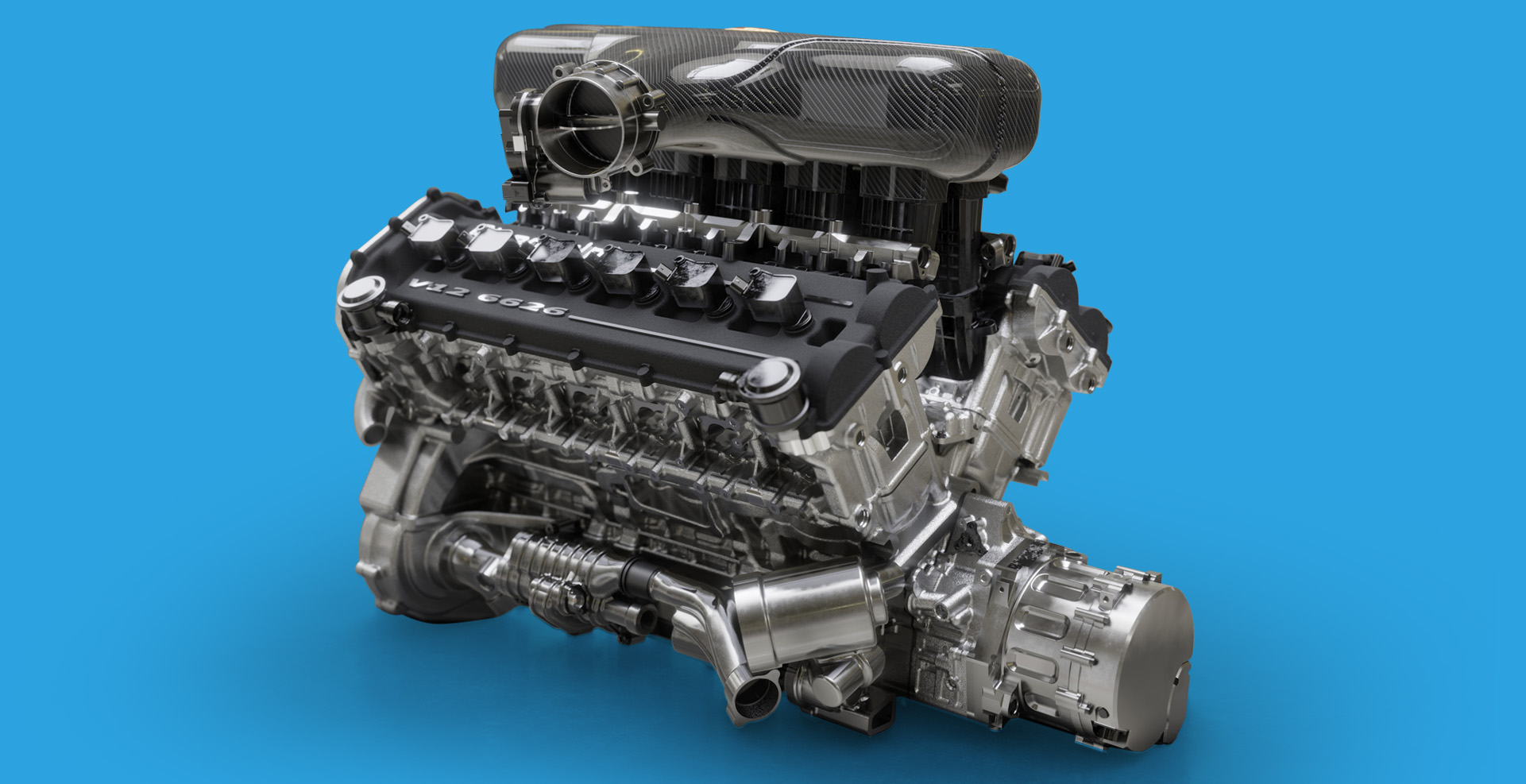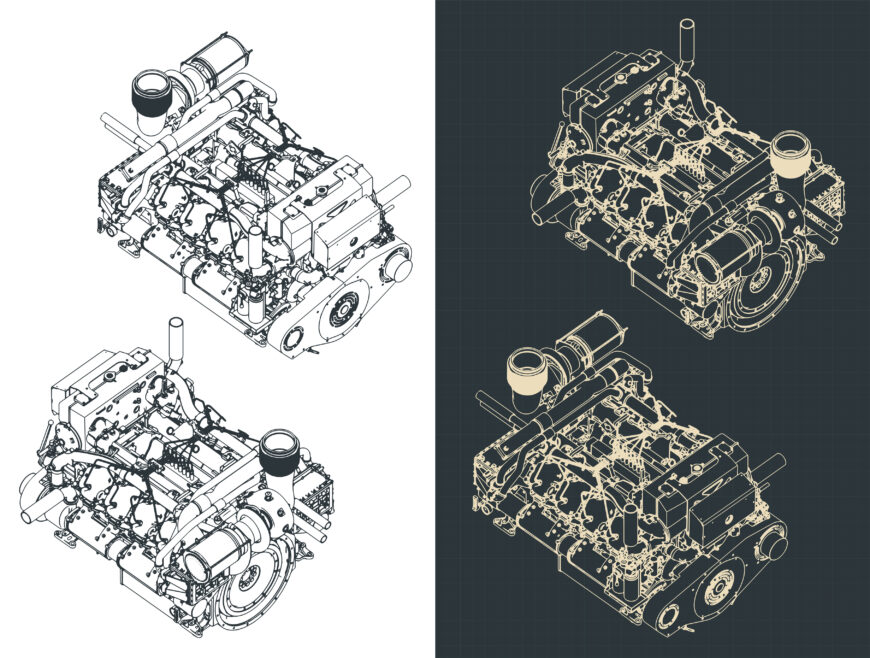Automobile Components Shop Offering Engines for Africa: Your Resource for Top Quality Auto Elements
Automobile Components Shop Offering Engines for Africa: Your Resource for Top Quality Auto Elements
Blog Article
The Mission for Ultimate Driving Power: Examining the Pinnacle of Engine Performance and Technological Developments in the Automotive Market
In the realm of automotive design, the pursuit of optimum driving power has been a ruthless mission that has unravelled through the advancement of engine design and the integration of advanced technologies. From the careful craftsmanship of burning engines to the quick innovations in electric propulsion systems, the automobile market stands at the cusp of a new period identified by extraordinary efficiency capabilities. As engineers and scientists delve deeper right into the realms of computational fluid characteristics and discover cutting-edge gas innovations, the perspective of opportunities increases tremendously. Remain tuned as we unwind the complex tapestry of technical innovations that are forming the future of automotive power and efficiency.
Advancement of Engine Layout

Additionally, the integration of turbocharging and turbo charging innovations has revolutionized engine design by boosting power without significantly increasing engine size. These forced induction systems compress the consumption air, enabling more gas to be combusted, therefore creating better power output from a smaller engine. This innovation has actually been especially crucial in boosting the performance of smaller sized variation engines while preserving fuel efficiency standards.

Performance-Enhancing Fuel Technologies
The application of advanced gas modern technologies has actually dramatically added to enhancing engine performance in modern-day cars. From conventional fuel and diesel to ingenious biofuels, artificial gas, and hydrogen, the automobile field is observing a change in gas choices. Biofuels, derived from renewable sources like sugarcane, corn, or algae, offer minimized emissions and improved engine effectiveness. Synthetic gas, generated via chemical processes, supply high octane rankings, boosting power output. Hydrogen gas cells, although still in the very early phases of adoption, reveal great promise as a result of their zero-emission nature and possibility for high performance. Furthermore, fuel ingredients and cleaning agents are being developed to clean engine parts, enhance combustion, and reduce friction, thereby enhancing overall automobile performance. With continuous study and growth, the pursuit for the best driving power proceeds, as engineers aim to open the full capacity of performance-enhancing fuel modern technologies in the vehicle industry.
Developments in Electric Propulsion
Considerable strides in electric propulsion modern technology have reinvented the auto sector, paving the means for a brand-new period of sustainable and effective transport. Electric automobiles (EVs) are acquiring appeal due to their environmental advantages and improvements in battery technology, enabling longer driving arrays and much shorter charging times. Producers are spending greatly in study and development to improve the efficiency of electrical propulsion systems, concentrating on raising power output, improving energy performance, and decreasing general weight.
One significant advancement in electrical propulsion is the development of sophisticated electric motors that provide higher torque and power density, causing enhanced velocity and general driving performance. In addition, regenerative braking systems have been fine-tuned to catch and store energy throughout deceleration, additional improving the effectiveness of EVs.
In addition, the combination of wise modern technologies, such as synthetic knowledge and predictive analytics, is maximizing the administration of electrical propulsion systems, guaranteeing optimum efficiency under various driving conditions. These developments in electrical propulsion are reshaping the vehicle landscape, driving the market in the direction of a more lasting and energized future.
Impact of Computational Fluid Characteristics
With developments in electric click here for info propulsion pushing the borders of automobile technology, the combination of Computational Fluid Dynamics is playing a crucial duty in optimizing aerodynamic performance and improving total performance in lorry design. Computational Fluid Characteristics (CFD) involves the use of computer system simulations to analyze visit this website the flow of air around a vehicle, enabling designers to forecast just how layout modifications will certainly impact aerodynamics without the need for pricey physical prototypes. By precisely modeling air movement patterns, CFD permits the improvement of car forms to reduce drag, enhance air conditioning, and improve security.
CFD allows engineers to maximize airflow around elements such as radiators, engine bays, and wheel wells, contributing to boosted efficiency and total driving experience. In verdict, the combination of Computational Fluid Characteristics stands for a considerable step forward in the pursuit for best driving power and effectiveness in the automobile industry.
Future Fads in Engine Advancement
In the dynamic landscape of auto design, sophisticated innovations are forming the future trajectory of engine development. The future of engine design is noted by a strong emphasis on sustainability, efficiency, and effectiveness. Suppliers are progressively focusing on establishing engines that not only supply high power results however likewise focus on ecological obligation by minimizing discharges and enhancing gas efficiency.
One popular fad in engine development is the rise of electrification. Hybrid and electric powertrains are obtaining traction as viable options to typical combustion engines. These innovations use the potential for significant reductions in carbon discharges and raised energy efficiency, lining up with worldwide initiatives to combat environment adjustment.
Furthermore, improvements in products scientific research and manufacturing techniques are allowing the manufacturing of lighter and more resilient engine elements. This change towards lightweight materials such as carbon fiber and light weight aluminum alloys adds i thought about this to improved performance and fuel economic situation.
Verdict
To conclude, the search of ultimate driving power in the vehicle field proceeds to drive advancements in engine layout, fuel technologies, electric propulsion, and computational fluid characteristics. The evolution of these modern technologies is shaping the future of engine innovation, leading the way for extra reliable and effective vehicles (engines for africa). As the market continues to push the limits of what is feasible, we can anticipate to see a lot more groundbreaking advancements in the mission for peak efficiency
One of the vital milestones in engine design development is the change from traditional carbureted engines to contemporary fuel-injected systems. By specifically metering the fuel delivery to each cylinder, fuel-injected engines enhance combustion, resulting in much better efficiency and lowered ecological impact.
Moreover, the assimilation of turbocharging and turbo charging modern technologies has changed engine style by boosting power without dramatically increasing engine size (engines for africa).The execution of innovative fuel modern technologies has dramatically added to improving engine efficiency in contemporary vehicles. Furthermore, gas ingredients and detergents are being developed to tidy engine elements, enhance combustion, and minimize rubbing, thus boosting total vehicle efficiency
Report this page